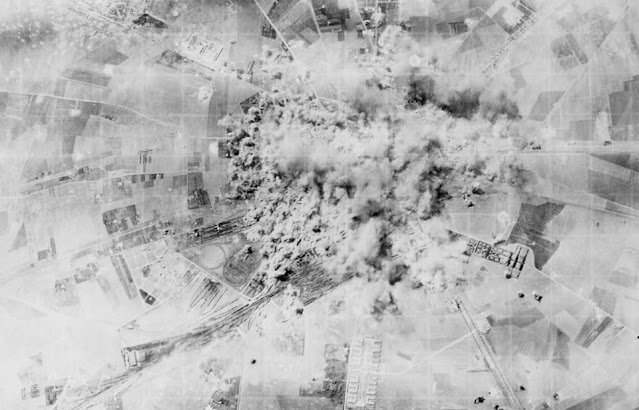Salvatore Torre and the battle of Pljevlja

Salvatore Torre, a private in the V Battaglione Genio Alpino (5th Alpine Engineers Battalion), was assigned to the communications unit of the divisional headquarters of the 5th Alpine Division “Pusteria”, stationed in Montenegro for occupation and anti-partisan duties between July 1941 and August 1942. He thus remembered, many years later, the battle of Pljevlja, fought in early December 1941, when the “Pusteria” repelled an assault by some 4,000 Yugoslav partisans: " I was in Pljevlja, on the night of 1 December 1941, at the divisional headquarters. Already on the previous day, the I [Intelligence] Section, headed by Lt. Peduzzi while Colonel Castagnero was away on leave, had forewarned us of an impending attack by the partisans. That night, therefore, few men went to bed, and even those who did remained fully dressed. I remember that someone ordered me to go to General Esposito’s room in order to help his orderly. The General was not there, but he came shortly afterwards. He



